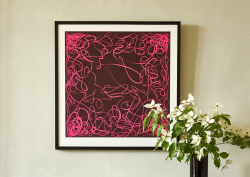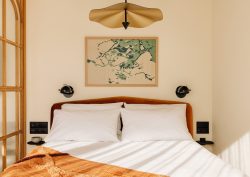When curating art collections for hospitality interiors, what goes into the decision-making process? Artiq Curator Isaac Huxtable tells us more about the challenges, complexities and creative highlights of curating art for hospitality interiors…
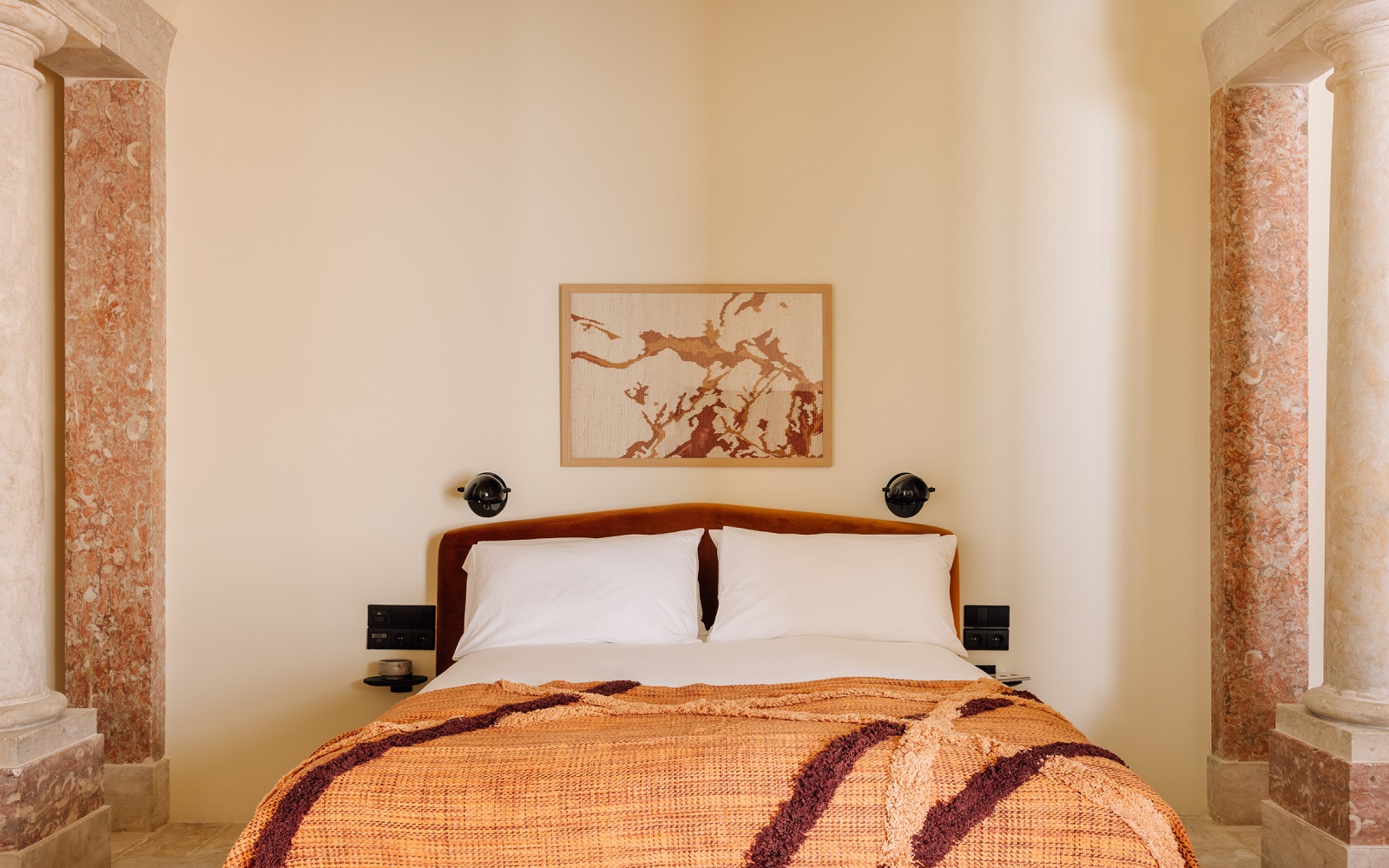
With something as subjective as art, how does one ever get it right? The way we view art in a gallery is very different to how we do so in a home, an office or a hotel. Art is about opinion, feeling, and expression. So, when curating art collections for hospitality interiors, how does one balance both gallery and domestic feel? How do you select something fitting, interesting, unique and specific, all while providing contexts, stories and immersive experiences? How do you get it right? Who is getting it right?
This is the role (and the responsibility) of Artiq’s curators. Artiq is a unique company, working on art collections across sectors, styles, mediums and themes. As part of the curatorial team, it is my job to work with both client and artist, bridging the gap between the two by selecting specific pieces that can speak to a space. At its heart, the job is all about understanding, knowing, and feeling an interior. No two projects are the same, and no two curators are the same; just as architects and designers have a personal style, our curators are informed by unique perspectives and specialities.
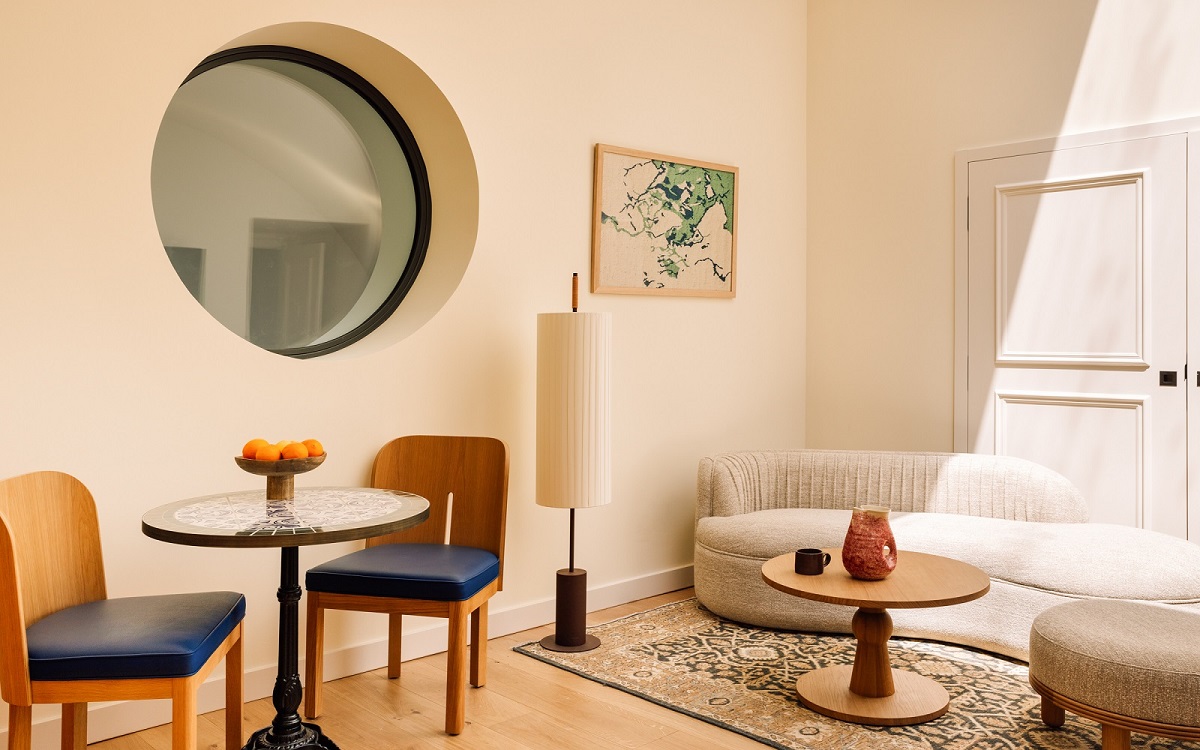
Image caption: Locke de Santa Joana | Image credit: Francisco Nogueira
One of the most unique elements of Artiq is that each project is assigned both a curator and consultant. This allows me to think entirely about art and gives me the freedom to get conceptual, experimental and exploratory. I consider feeling, tone, mood, vibe, and ambience, as well as historical backgrounds and contextual details to further situate a space. Then, through further curatorial suggestions such as framing, placement, and install, we ensure the work is in the best possible spot. Selecting a painting that matches the walls is easy. Applying the care of curation — digging deeper into why pieces of art are chosen — is where a collection goes from ‘selected’ to ‘curated’.
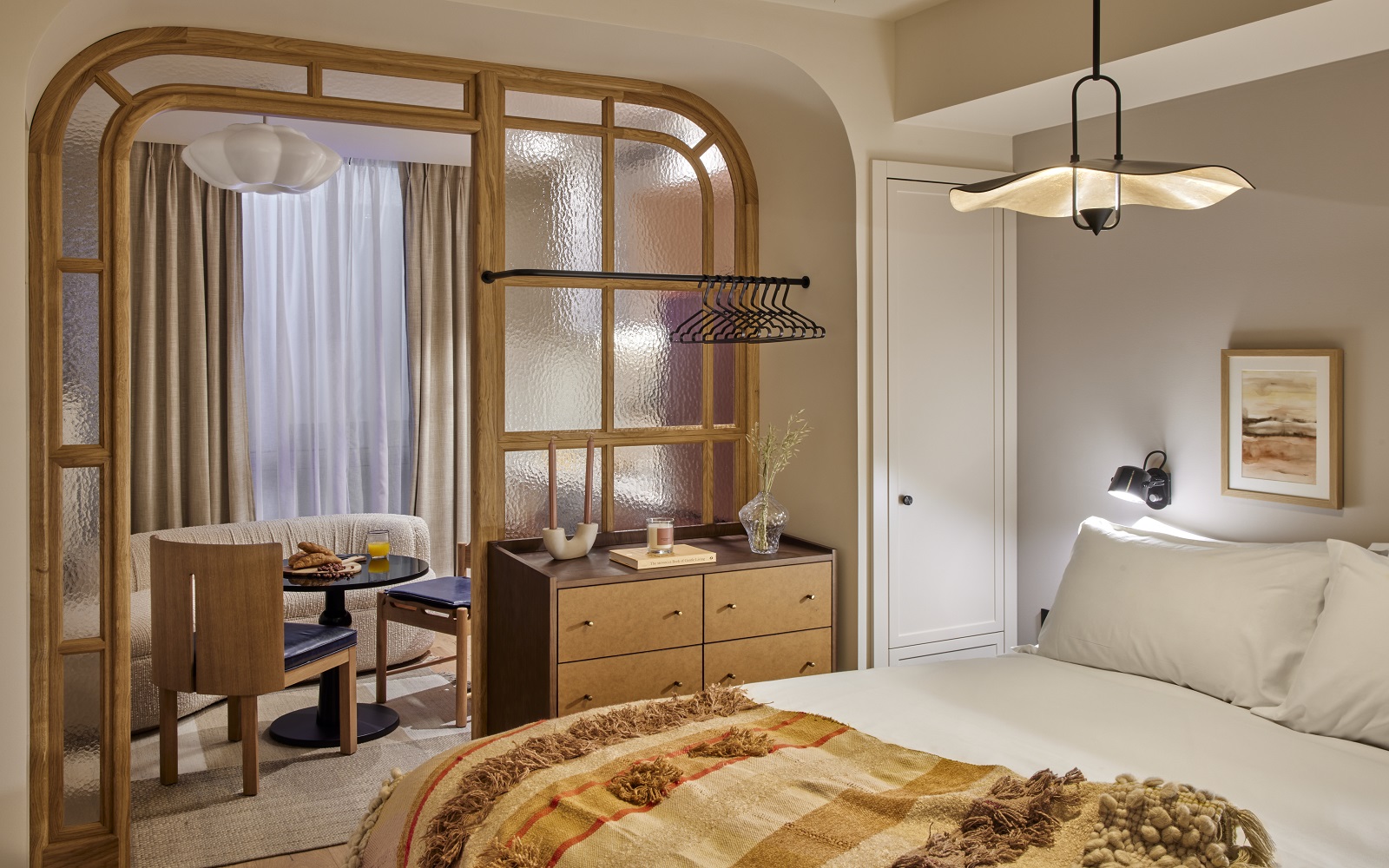
Image credit: Locke
Fundamentally, the success of our projects lies with the research. Let’s take Lisbon Locke as an example. Locke’s latest hotel is housed within a former 17th-century convent in the heart of Lisbon. As a fusion between contemporary craft and classic Portuguese design, it became paramount that the art collection reflected this not just in style, but in material. Artiq commissioned Peruvian textile artist Ana Teresa Barboza for the project – featured throughout its 370 serviced apartments, Barboza’s work uses naturally and industrially dyed yarns to depict Lisbon’s unique colour palette and geography. Here, the artworks make sense visually, but that’s just the beginning of the story.
During the early project stages I’m chatting to the client, I’m asking questions and collecting answers. How does the client, and audience, want to feel within the space? Do they want art that draws the eye or compliments the colourways? Do they want to shock, impress, show off, celebrate, or reflect? None of these questions, or their answers, hold objective solutions. It is an ongoing back and forth, a continuous conversation in which we get closer and closer to the pinpoint taste – the feeling. It all clicks when I present artworks they love but would never discover themselves. That is the role of the Artiq curator: to expand and inspire the way people think about art in their space.
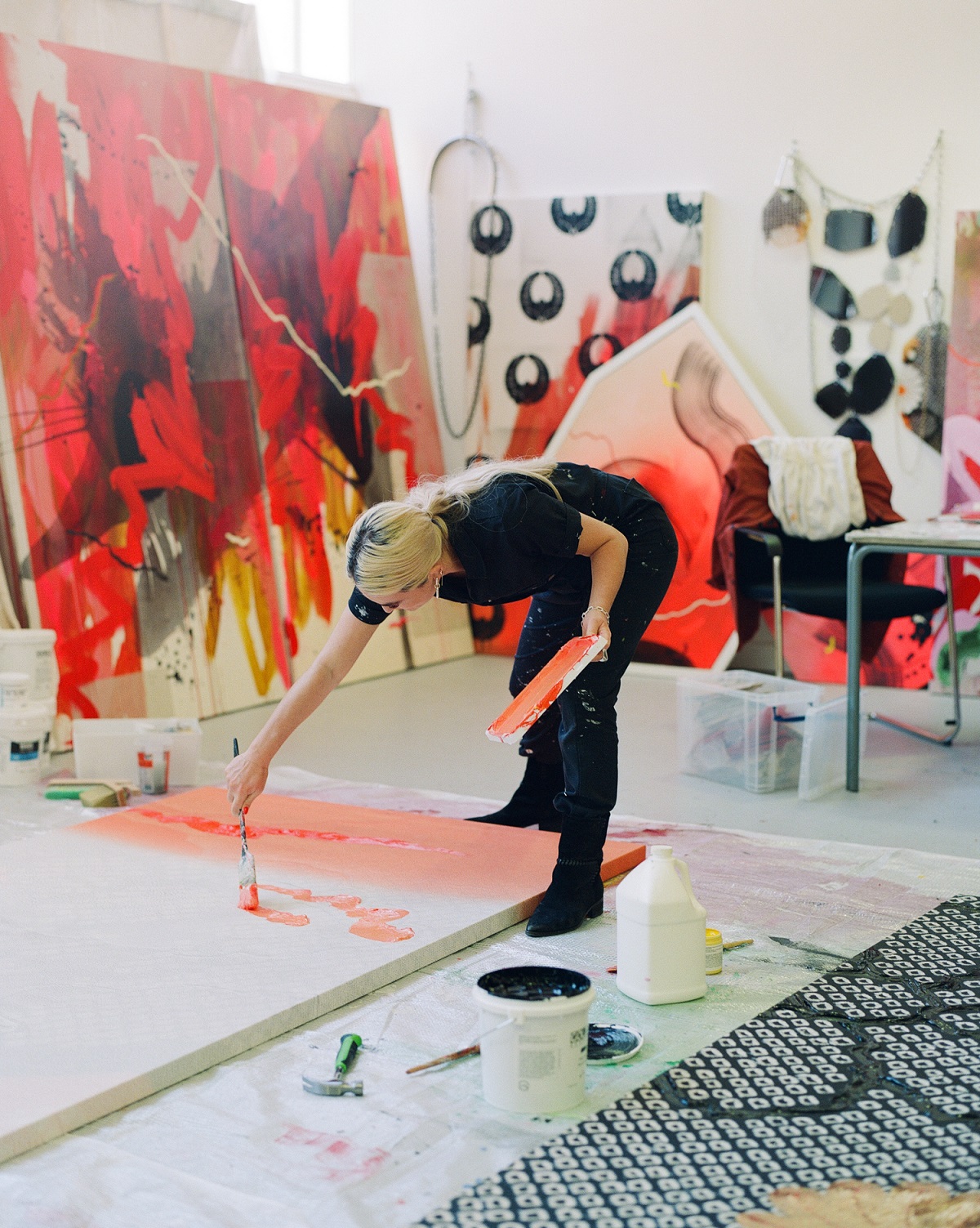
Image caption: Makiko Harris at work in her London-based studio | Image credit: Artiq
Oftentimes, a significant element of this comes from pairing: a vital aspect of curation is figuring out which pieces pair well, with both interiors and the other artworks. I often describe this as pieces ‘speaking’ to each other. You must think about how artworks exist beyond themselves, finding a balance and cadence that gives them justice and the space they need. Can these paintings play well, can they get along? We curators often pair pieces that neither artist nor client would think to put together. A good example can be found in the Whiteley, where two of Makiko Harris’ bold, gestural and geometrically asymmetric Gem series can be found. These pieces shout off the wall, demanding attention. They want to be noticed, to take up space. With conversations taking place between light fittings, décor, furniture and natural light, the room finds a discordant harmony, the contrast balancing but never floundering. This curatorial process allows artworks, and by extension the interiors, to be read in exciting, dynamic, and unexpected, ways.
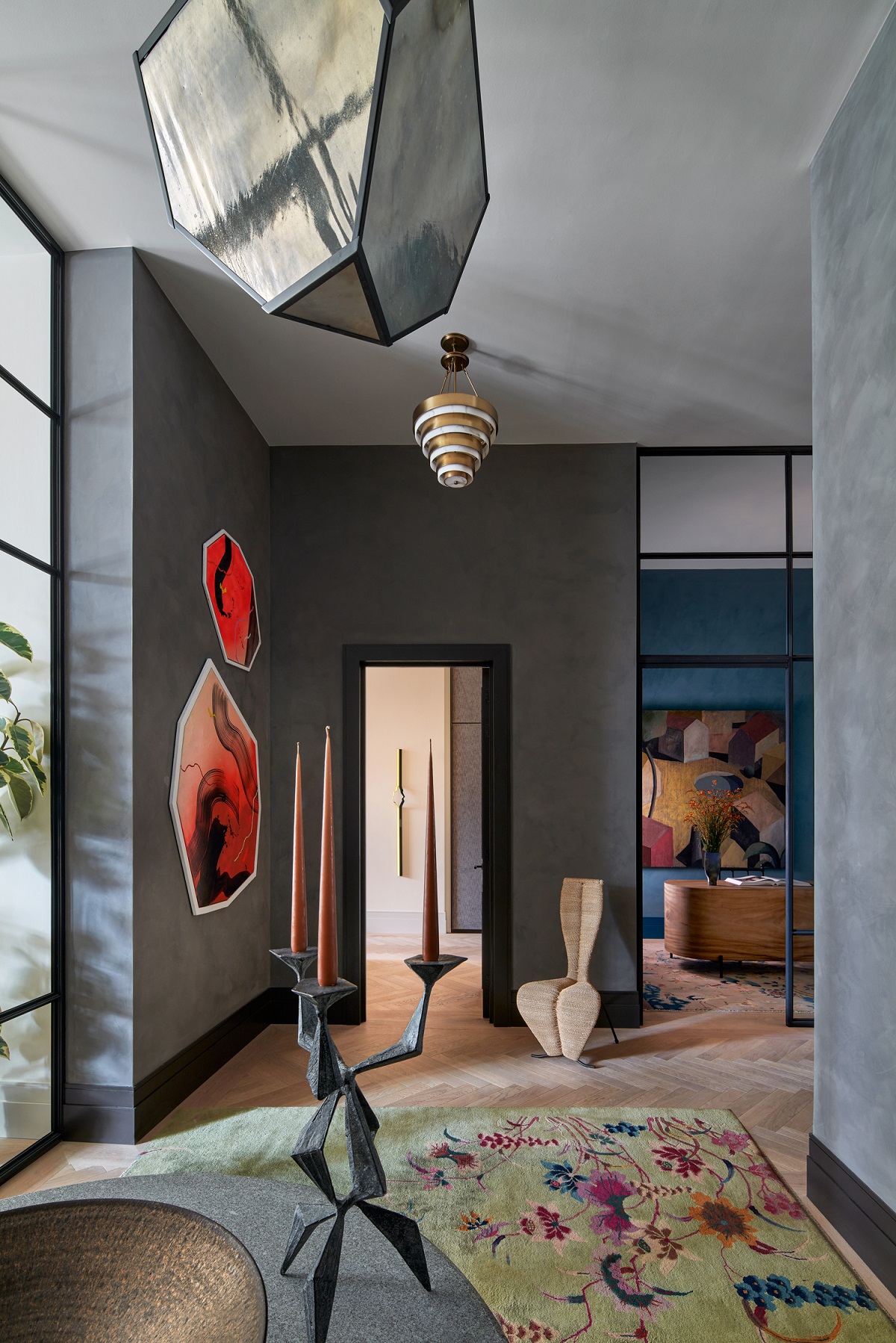
Image caption: Makiko Harris in The Whitely | Image credit: Paul Raeside for The Whiteley London
Once again, beginning to end, this is all subjective. There is no universal solution to the best work, the best frame, the best hang. The role of the Artiq Curator is not to turn the subjective into the objective; it is to find a subjectivity that can be understood, read, and felt with a level of accuracy that leaves one with the feeling that nothing else could have worked. It’s that final click, a cognisance that the work works.
Artiq is one of our Recommended Suppliers and regularly features in our Supplier News section of the website. If you are interested in becoming one of our Recommended Suppliers, please email Katy Phillips.
Main image caption: Ana Teresa Barboza’s commission for Locke de Santa Joana | Main image credit: Francisco Nogueira






